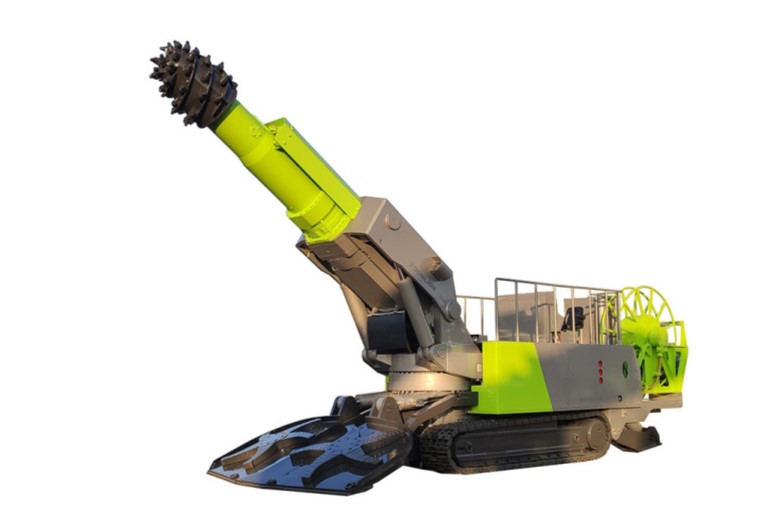Amidst the Industrial Revolution, humanity began seeking more efficient ways to transform nature and meet growing production demands. In the mid-19th century, with the invention and widespread use of the steam engine, humans began experimenting with replacing manual labor with mechanical force for excavation.
In the following decades, as the Industrial Revolution progressed, steam power became increasingly widespread in industrial production, driving the development of excavation machinery. Although these early machines were inefficient, they laid the foundation for mechanized excavation.
In the 20th century, the widespread use of electricity provided a new impetus for the development of excavation machinery. The advent of electric tunnel boring machines (TBMs), freeing excavation from the limitations of steam power, significantly improved efficiency.
In 1914, American inventor Herbert Hoover proposed a new tunneling method—the shield method. This method, which used electric shield machines, greatly improved the speed and safety of tunnel construction.
After World War II, with the acceleration of global infrastructure construction, the demand for tunnel boring machines (TBMs) increased dramatically. During this period, more specialized and efficient types of tunnel boring machines, such as shield machines and hard rock tunnel boring machines (TBMs), emerged. These machines are capable of handling a variety of complex geological conditions and meeting the needs of diverse projects.
In 1957, Germany successfully completed the construction of a long-distance tunnel using a shield machine for the first time, marking the mature application of shield machine technology in tunnel construction.
With the rapid development of information technology and automation, tunnel boring machines began to move towards automation and intelligence in the late 20th century. Modern tunnel boring machines not only feature a high degree of automation but also can monitor their operating status in real time and predict failures, significantly improving construction efficiency and safety.
In the 2000s, unmanned shield machines were used in several tunnel projects in Europe and North America, marking a new era in tunnel boring machine technology.
In the 21st century, with the increasing global emphasis on environmental protection and sustainable development, green building and green construction have become new industry trends. Therefore, modern tunnel boring machine designs place greater emphasis on energy conservation, emission reduction, and environmental protection, such as the use of electric drives and optimized energy management.

To adapt to complex and changing geological conditions and improve construction efficiency, modern tunnel boring machines are equipped with advanced geological detection and navigation systems that can obtain real-time underground information to guide the construction process.
With the continuous development of technologies such as artificial intelligence and the Internet of Things, future roadheaders are expected to achieve even higher levels of intelligence and autonomy. For example, machine learning algorithms can optimize construction paths, and remote monitoring and diagnostic systems can be used to monitor equipment status in real time, further improving construction efficiency and safety.





